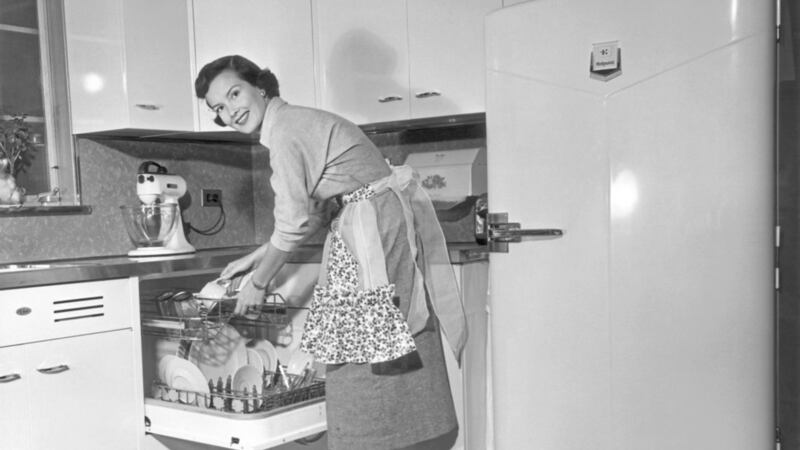HERE’S an important question for our female readers . . . could you be one of the tens of thousands of older married or widowed women who have, for years, been underpaid their state pension?
There could be as many as 130,000 across the UK,according to a new study by pensions researcher Lane Clark and Peacock (LCP). This is due to a combination of complicated pension rules and computer errors by the Department of Work and Pensions (DWP).
The good news is that women affected could now be eligible to reclaim all or some of their lost income.
The man who is highlighting this is a partner at LCP, and his qualifications are impeccable – it’s none other than our old pal (and honorary Lamborghini salesman), the former Pensions Minister Steve Webb.
(When the freedom to take lump sums out of our pensions was introduced in 2015, Steve famously commented he was sure people wouldn’t blow the lot by rushing out to buy Lamborghinis.)
But I digress. First we have to look at the background to this, which takes us back nearly 80 years. We must warn you that the following report contains scenes and antiquated attitudes some career women may find upsetting.
We travel back to when the national insurance system was in planning in 1942. As Steve Webb puts it: “When the national insurance system was designed, there was a presumption that men would be the main breadwinner in a household and that married women would be financially dependent upon their husbands.”
One result of this view was that married women were allowed to pay a reduced rate of national insurance contributions – they called it the ‘married woman’s stamp’. The downside of this was that the years when this reduced rate was paid did not count towards a woman’s own state pension.
However, after her husband reached the state pension age, a woman could claim a pension based on her husband’s record of contributions. Assuming that he had a full working life and a full record of contributions, the wife’s pension would be paid at 60 per cent of the rate of the full basic state pension.
Now we zoom back to the present day, and if you were born before April 6 1953 and reached state pension age before April 2016, this could be you. Groups in this age bracket who are particularly affected are older married women, widows, divorced women, and women aged 80 and over.
For widows, there’s the additional possibility that you can substitute your husband’s national insurance record for your own, and, if he had a full record of contributions, you should be getting 100 per cent of the basic state pension.
Divorcees can substitute their husband’s NI record for their own up until the point of the legal split. If your divorce was relatively late in life, this could qualify you for the full state pension as well.
So what went wrong to cause so many women to be disadvantaged in this way?
First, up until March 2008, older women didn’t get the higher pension automatically. They needed to put in a claim to get their higher pension, when their husband turned 65. The trouble is, many didn’t understand their entitlements, or realise that they had to actively claim.
After March 2008, the DWP’s computer system was supposed to take over and automatically boost eligible women’s pensions to the 60 per cent level, but it is now becoming apparent that their system was all over the place and the records of thousands of women failed to be updated.
The DWP says that women whose husbands reached the SPA since March 2008 have had incorrect payments corrected, and backdated with interest.
There is disappointment, however, for many women whose husbands turned 65 before March 2008. If they wish to claim now, it will be treated as a ‘new claim’ and be backdated by just one year. This means that they may have lost 10 years or more of higher pension payments.
The DWP, meanwhile, says it is continuing to review potential cases to identify who is owed backdated money.
With up to 130,000 women affected, as we said, this has already been called a ‘scandal’ by respected commentators such as ‘Which?’ magazine.
LCP recommends that anyone who believes they may have lost out, and wants to check if they have an entitlement to claim, should do so via a regulated financial adviser.
:: Michael Kennedy and Shaun Doherty are independent financial advisers and pensions specialists, and can be contacted on 028 71886005. Further information on Facebook at “Kennedy Independent Financial Advice Ltd” or at www.mkennedyfinancial.com








